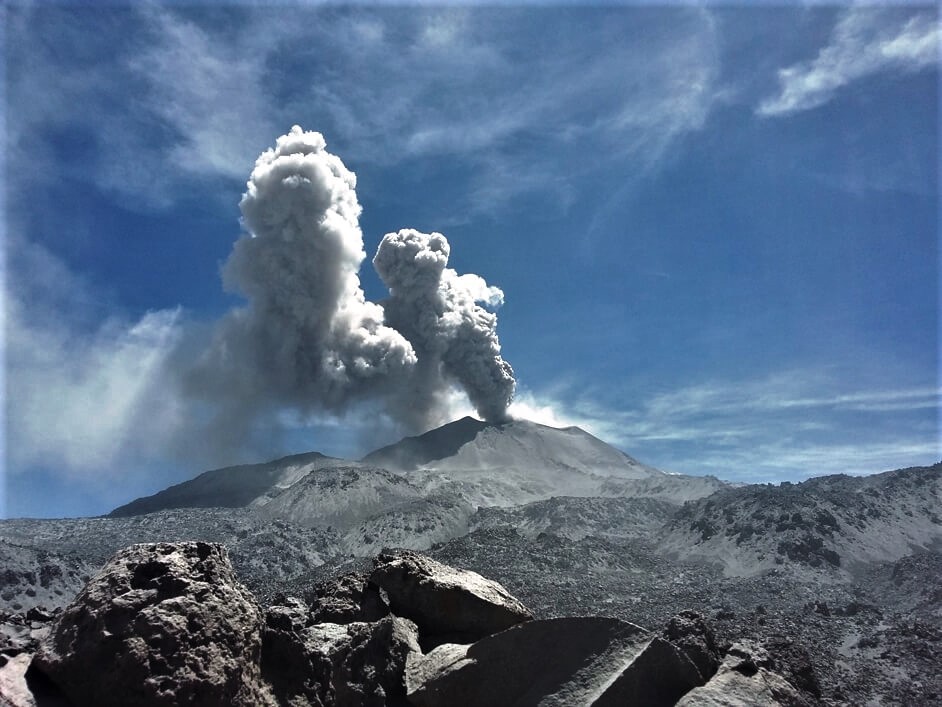April 28, 2020. EN . Peru : Sabancaya , Peru : Ubinas , Italy : Vesuve , Guatemala : Pacaya , Mexico : Popocatepetl .
April 28 , 2020. Peru , Sabancaya : Analysis period: April 20 to 26, 2020. Arequipa, April 27, 2020 Alert level: ORANGE The Peruvian Geophysical Institute (IGP) reports that…

